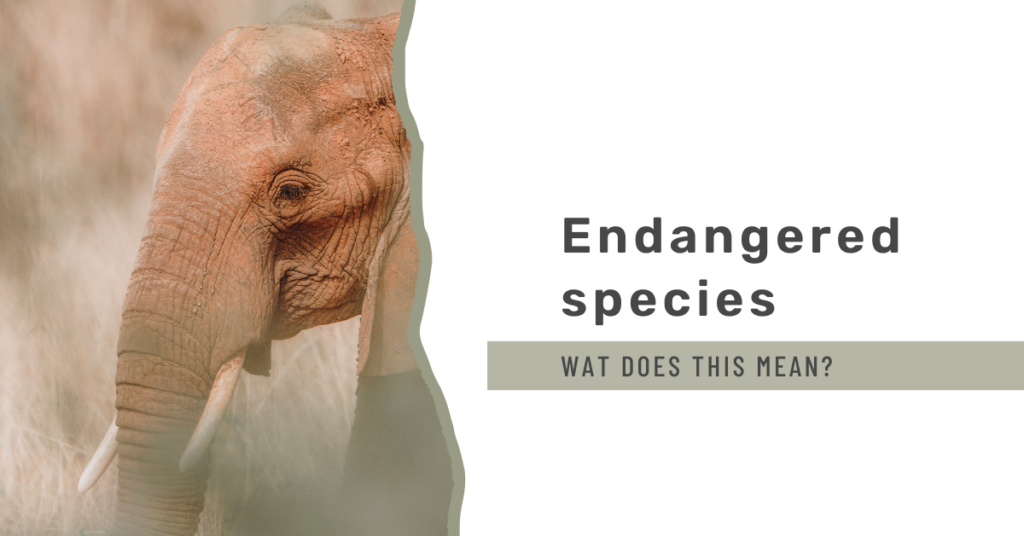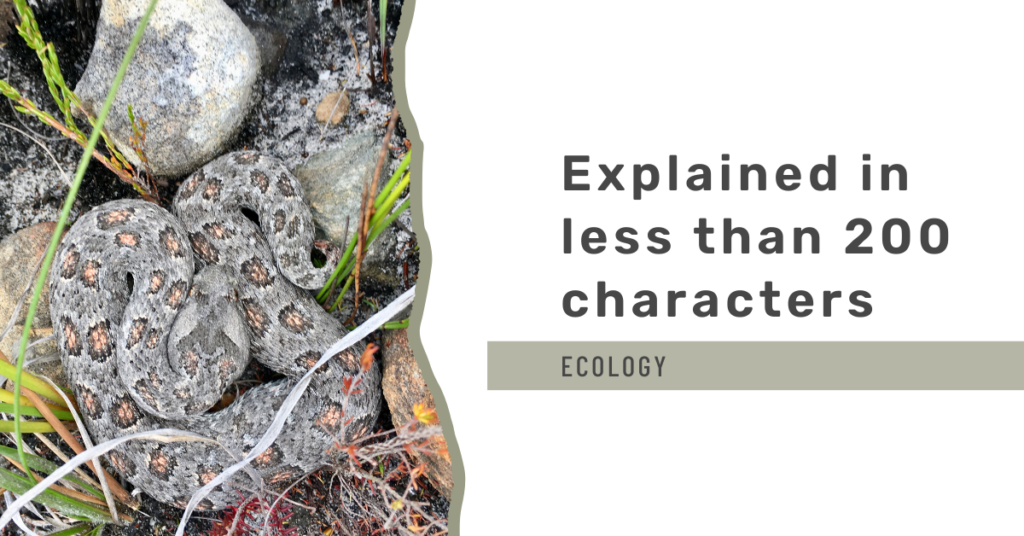Animals and plants have evolved a remarkable range of adaptations that allow them to survive and thrive in nature. Adaptations are changes that help an organism better survive in its environment. These adaptations can be physical or behavioural, and they can be passed down from one generation to the next through genetic inheritance.
Physical Adaptations
Physical adaptations are changes in an organism’s physical structure that help it survive in its natural environment. One common example of physical adaptation is camouflage. Camouflage allows animals to blend into their surroundings and avoid detection by predators. For example, the chameleon can change its skin colour to blend in with the environment, making it difficult for predators to see them.
Another physical adaptation is the defence against predators. Some animals have developed physical structures that deter or protect them from predators. For example, the porcupine has sharp quills that protect it from predators. The shell of a tortoise is another example of a physical adaptation that provides protection from predators.
In addition to camouflage and defence, some physical adaptations allow animals to obtain food. For example, the long neck of a giraffe is an adaptation that allows it to reach leaves high up in trees. The beak of a bird is also an adaptation that allows it to eat specific types of food, such as seeds or insects.
Behavioural Adaptations
Behavioural adaptations are changes in an organism’s behaviour that help it survive in nature. One common example of behavioural adaptation is migration. Migration is the seasonal movement of animals from one place to another in search of food, water, and better breeding grounds. For example, birds migrate south for the winter to avoid harsh conditions and find food.
Another behavioural adaptation is hibernation. Hibernation is a state of inactivity that animals enter during the winter months to conserve energy. During hibernation, the animal’s body temperature drops, and its metabolism slows down. This adaptation allows animals to survive in harsh winter conditions when food is scarce.
Social behaviour is another example of behavioural adaptation. Social behaviour refers to the interactions between members of a species. For example, many animals, such as wolves and elephants, live in social groups that provide protection, help with raising young, and hunt.
Adaptations in nature for Survival
Adaptations are crucial for the survival of many species, especially in rapidly changing environments. For example, the Arctic fox has thick fur that helps it stay warm in its frigid habitat. It also has small ears and a nose to reduce heat loss and a short tail to minimize heat loss through the extremities. The cactus, on the other hand, have adapted to survive in arid environments. It has thick, fleshy stems and leaves that store water, and long roots that reach deep into the soil to absorb as much moisture as possible.
Some species have even evolved unique adaptations to protect themselves from predators. For instance, the horned lizard can squirt blood from its eyes to deter predators, while the mimic octopus can change its shape, colour, and texture to blend in with its surroundings and avoid predators.
Human Adaptations
Humans have also evolved adaptations to survive and thrive in different environments. For example, people living at high altitudes have developed larger lung capacities to better oxygenate their blood. Those living in areas with intense sunlight have developed darker skin to protect against harmful UV rays.
In addition, humans have adapted through cultural means, such as the development of agriculture, which allowed for the production of surplus food and the establishment of permanent settlements. The invention of tools, such as spears and knives, allowed early humans to hunt more efficiently and defend themselves against predators.
Adaptation is a crucial strategy for survival in the natural world. Physical and behavioural adaptations are the result of millions of years of evolution, and they have allowed animals to thrive in their habitats. From camouflage and defence to migration and social behaviour, the adaptations that animals have developed are remarkable examples of the ingenuity of nature. Humans, too, have adapted to different environments through physical and cultural means. As the world changes, the ability to adapt will be increasingly important for the survival of all species, including our own.
Want to support my work?
I spend a lot of time keeping this website filled with educational content and keeping updates about what I do to achieve my dream of working and living in Africa. Do you want to support me? You can buy me a coffee or purchase one of my digital prints. All proceeds will go towards my research work and the time spent on this website.







